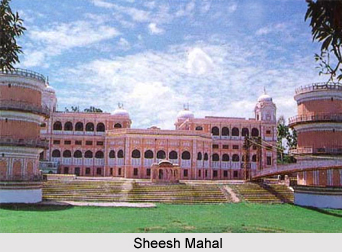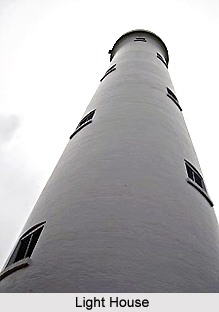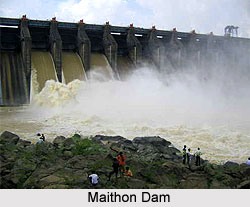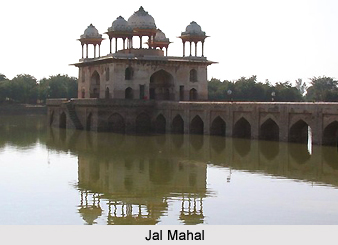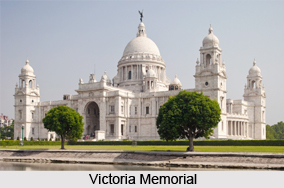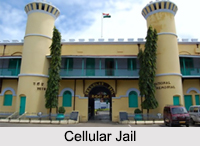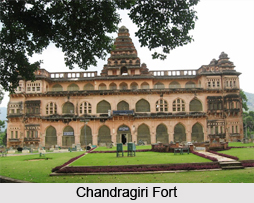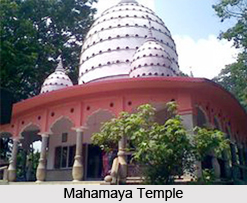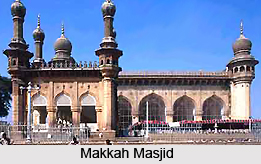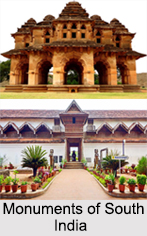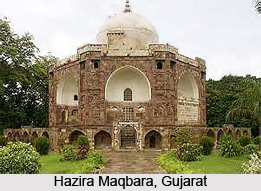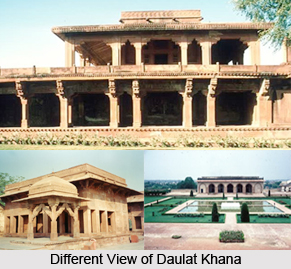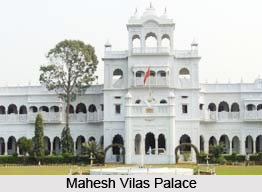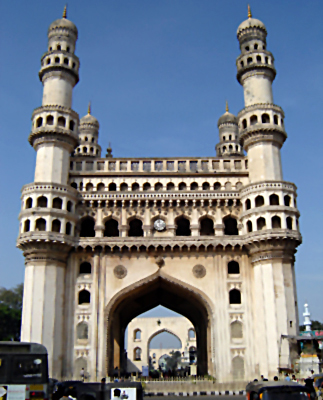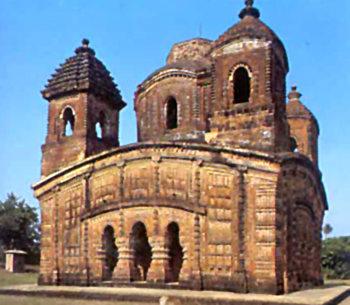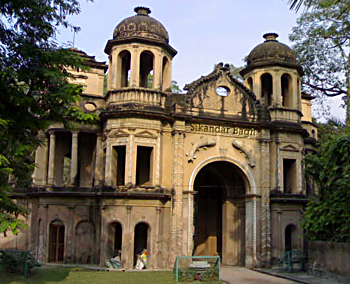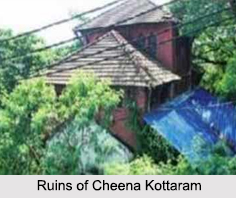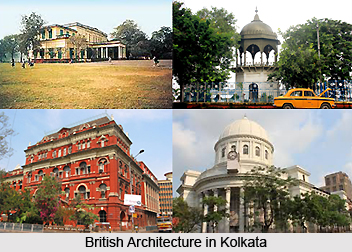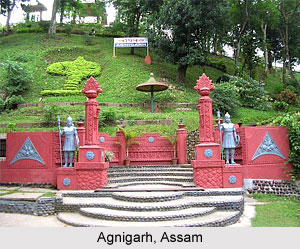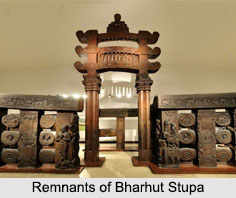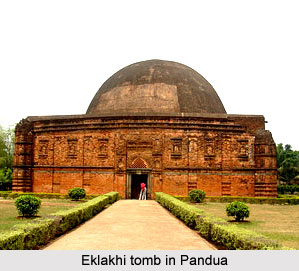 Bengal has always been the seat of ancient art and architecture. The development of architecture of Bengal under the rule of the Delhi Sultanate further added to its glory. Before the Muslim conquest it basked in the glory of several mighty monuments. However, the Muslim invaders brought with them many architects, artisans and craftsmen and built several mosques, madrasahs and khanqahs. On the other hand, India herself is not bereft of her own traditional art history. Thus what resulted was a conglomeration of two art traditions.
Bengal has always been the seat of ancient art and architecture. The development of architecture of Bengal under the rule of the Delhi Sultanate further added to its glory. Before the Muslim conquest it basked in the glory of several mighty monuments. However, the Muslim invaders brought with them many architects, artisans and craftsmen and built several mosques, madrasahs and khanqahs. On the other hand, India herself is not bereft of her own traditional art history. Thus what resulted was a conglomeration of two art traditions.
Besides the innumerable mosques, any tombs were erected in Bengal under the reign of the Delhi Sultans. Eklakhi mausoleum being the origin of them located currently in Pandua, Malda district, it was the first monument to influence Bengali architecture in various ways. One of the very first changes witnessed in the architecture of the Sultanate period was that the buildings were built using bricks with some columns to support the structure. Some buildings also had stone veneers. Further the mud mortars were used in the core, main mortar being lime. Secondly, the buildings were now plastered with lime. These buildings had terracotta and glazed tile decoration. Rich and refined kinds of stone cutter`s art were also introduced by the Muslims.
Amongst the other changes was how the arcuate system was mainly used in the buildings but the trabeate system was also used in the so-called Ladies` Gallery or `Badshas-ka-takht` area. Pointed arches were used in Bengal before they were used in any other regions by the Muslims. Vaults were also used in the Adina Mosque at Hazrat Pandua as well as Gunmant Mosque at Gaur in West Bengal. The shapes of the corner towers in the monuments of South Bangladesh area were rounds in the later Ilyas Shahi period and the octagonal in the Husain Shahi period. Shapes of the mihrabs were semicircular throughout the Sultanate Period.
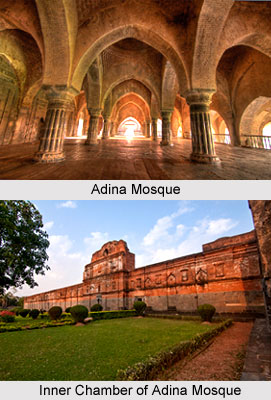 Certain styles included in the buildings of Bengal monuments arose out of need. For instance, the curvilinear style was a result of the incessant rainfall and it has been copied in the buildings of the rural huts. The concepts of `do-chala` (two segmented) and `chau chala` (four segmented) roofs is also a conspicuous feature of this period. It is worth noting that the `chau chala` of the Chota Shona mosque are simply hut shaped with drooping of bent eaves. But all the four segments of the `chau chala` of Shait Gunbad mosque have touched the roof of the building directly with the slopes. This style of architecture has influenced greatly the hut roof buildings of Bengal.
Certain styles included in the buildings of Bengal monuments arose out of need. For instance, the curvilinear style was a result of the incessant rainfall and it has been copied in the buildings of the rural huts. The concepts of `do-chala` (two segmented) and `chau chala` (four segmented) roofs is also a conspicuous feature of this period. It is worth noting that the `chau chala` of the Chota Shona mosque are simply hut shaped with drooping of bent eaves. But all the four segments of the `chau chala` of Shait Gunbad mosque have touched the roof of the building directly with the slopes. This style of architecture has influenced greatly the hut roof buildings of Bengal.
The use of inscriptions on the monuments was also introduced in the Sultanate period. The inscriptions were fixed on the Sultanate buildings. It developed in the 15th and 16th centuries. Tughra style of writing has been abundantly found on the monuments of Bengal. It has an influence of Central Asia and correlation with Egypt.
Though the architecture of pre-Islamic Bengal was in no way provincial, yet this time Bengal Architecture became `cosmopolitan and innovative` for the first time.
